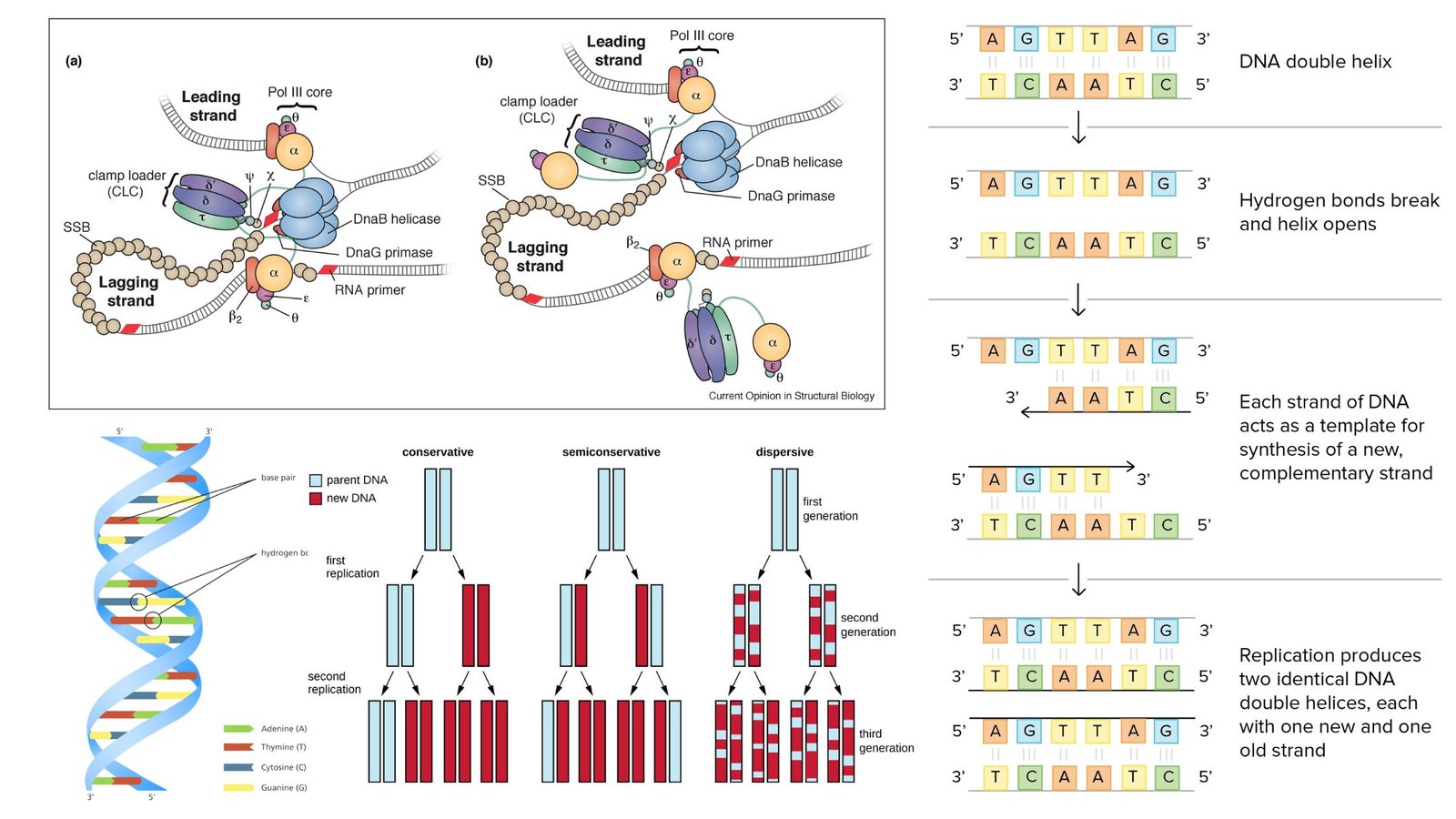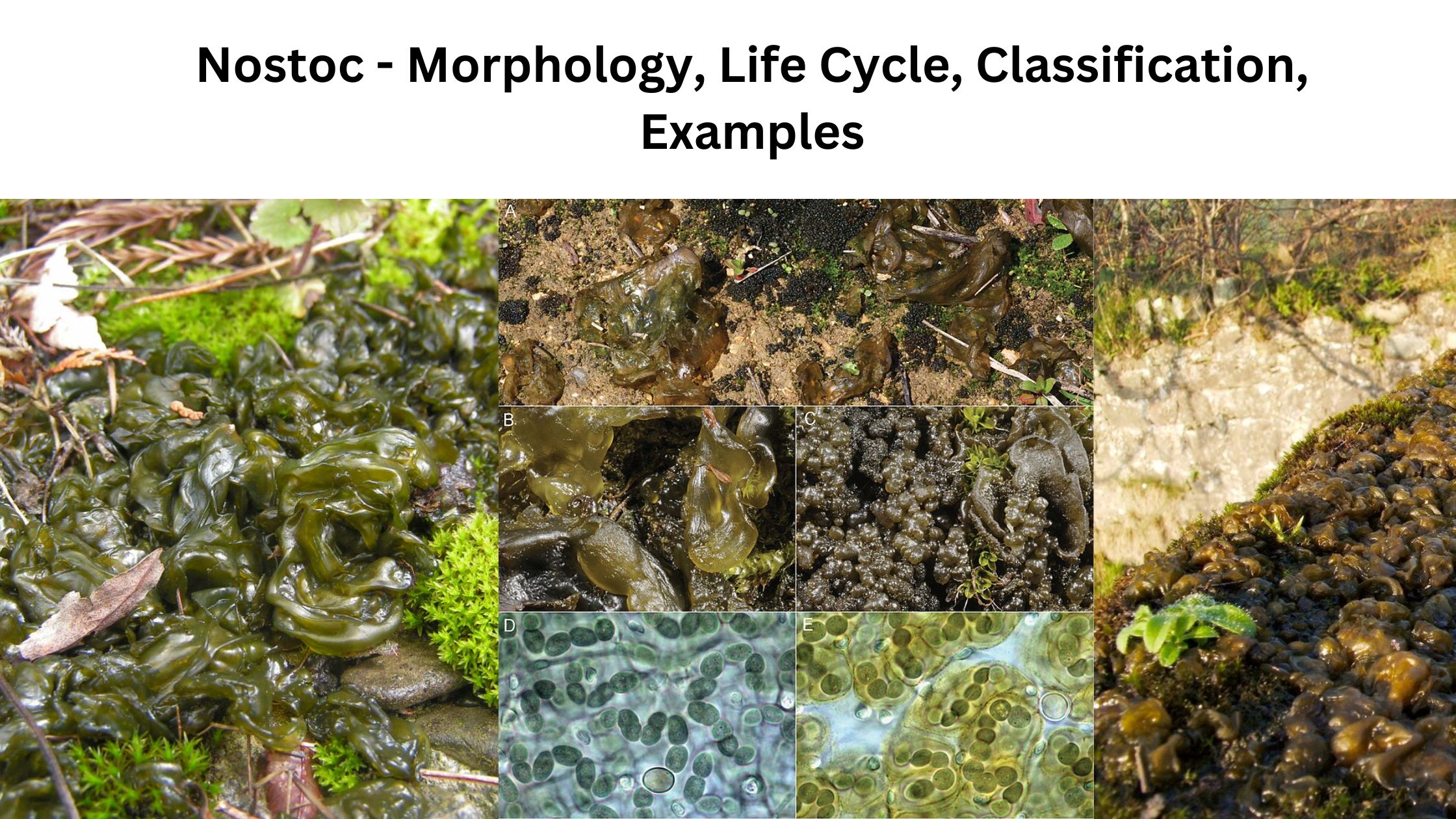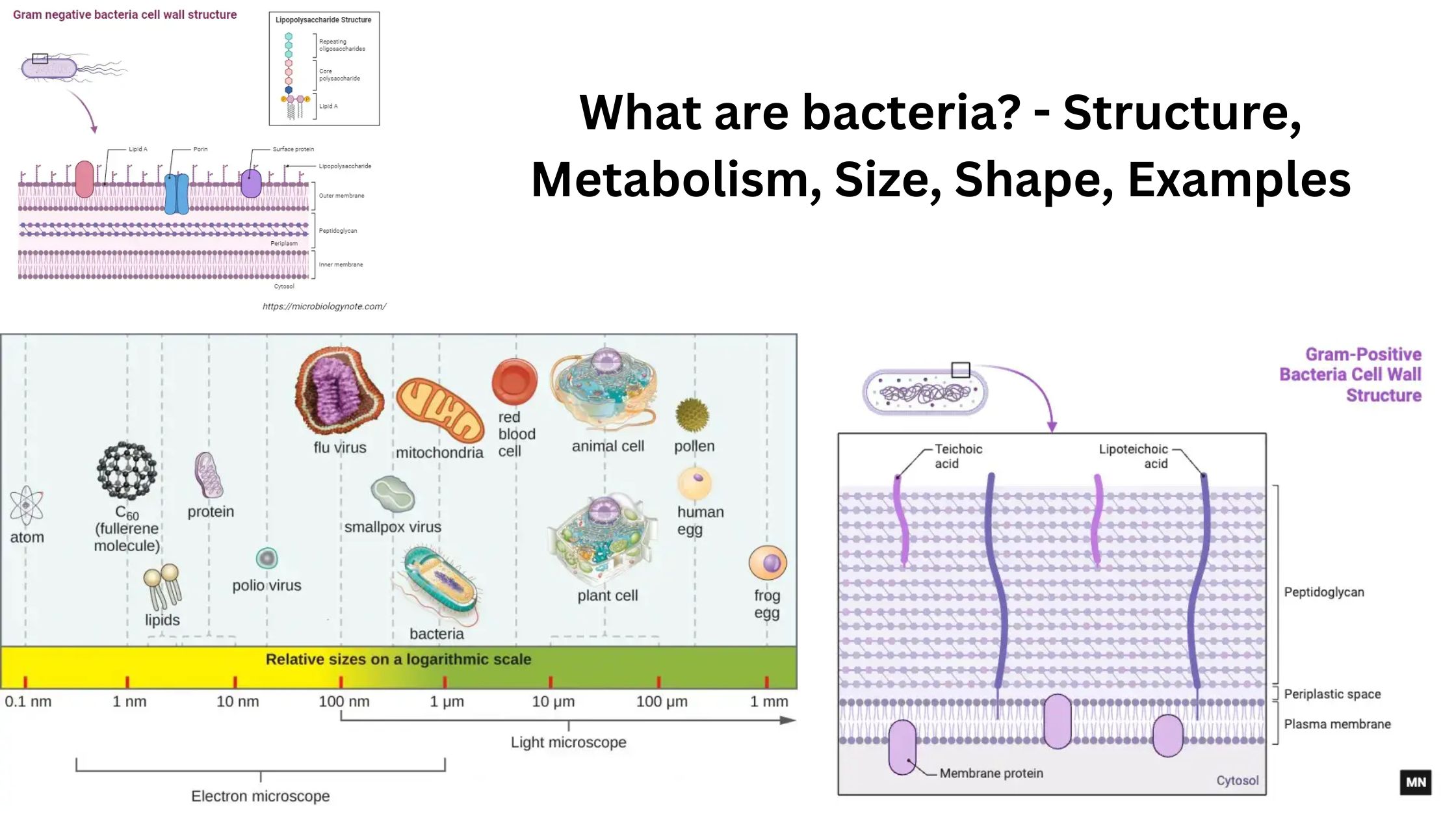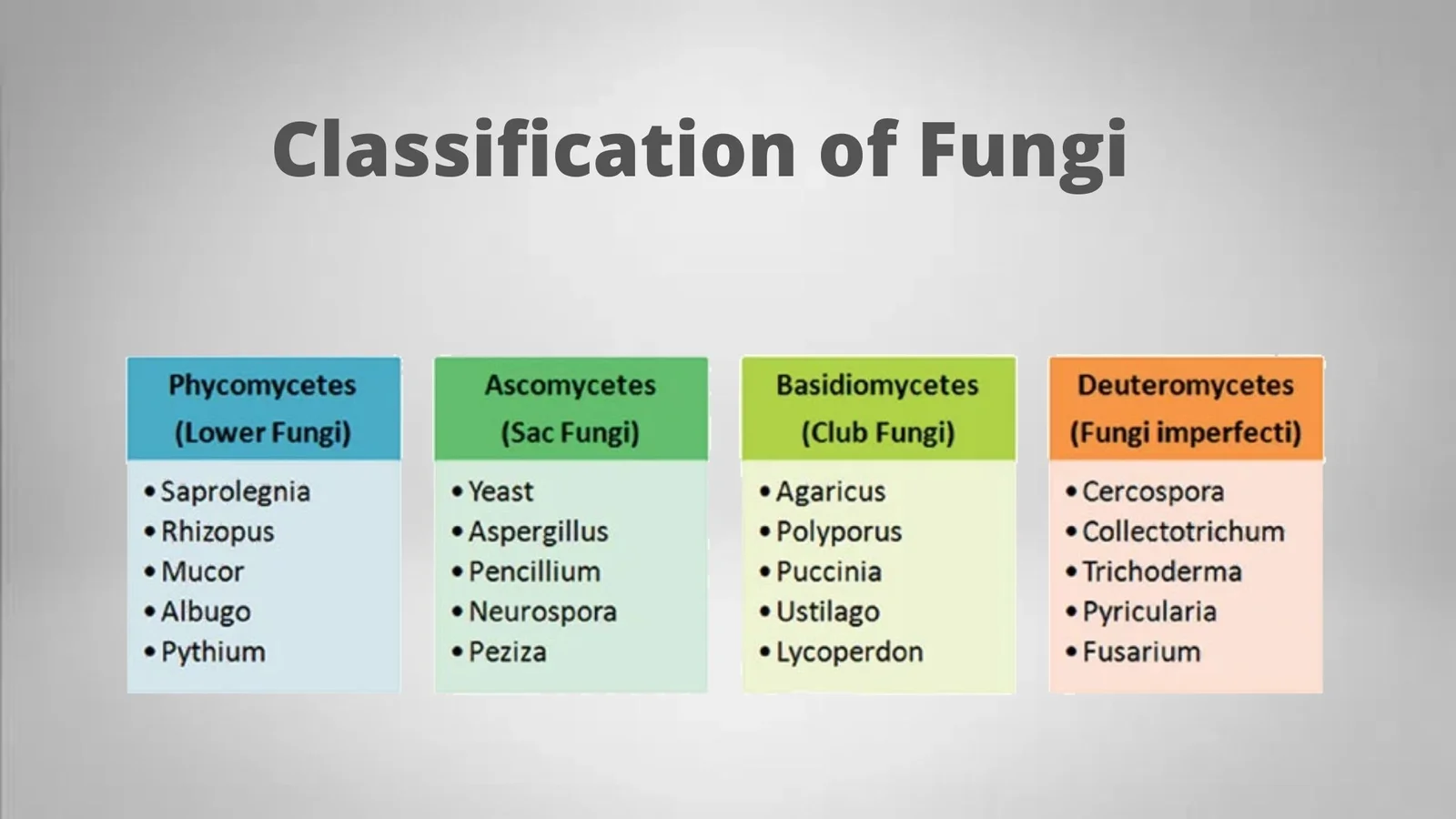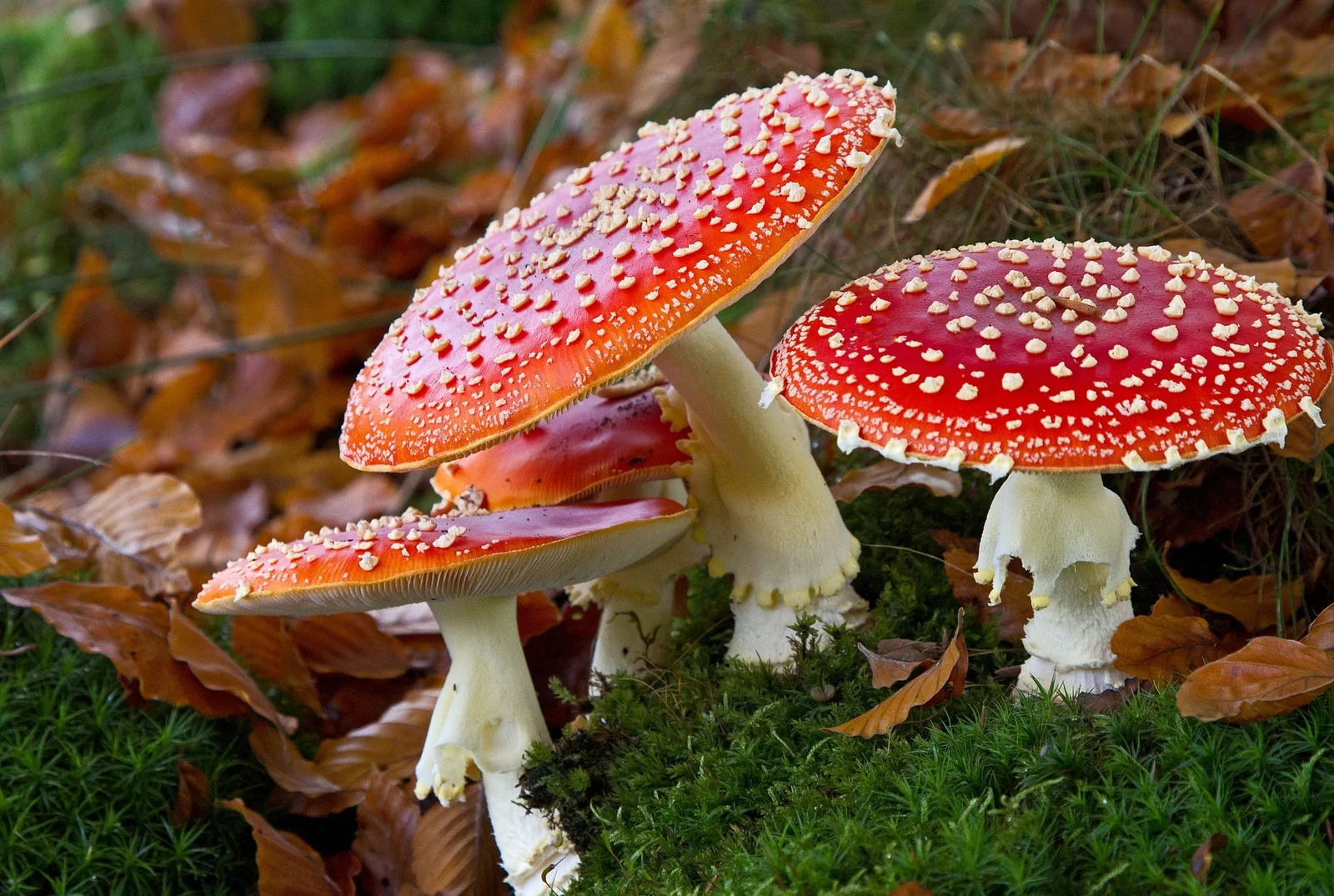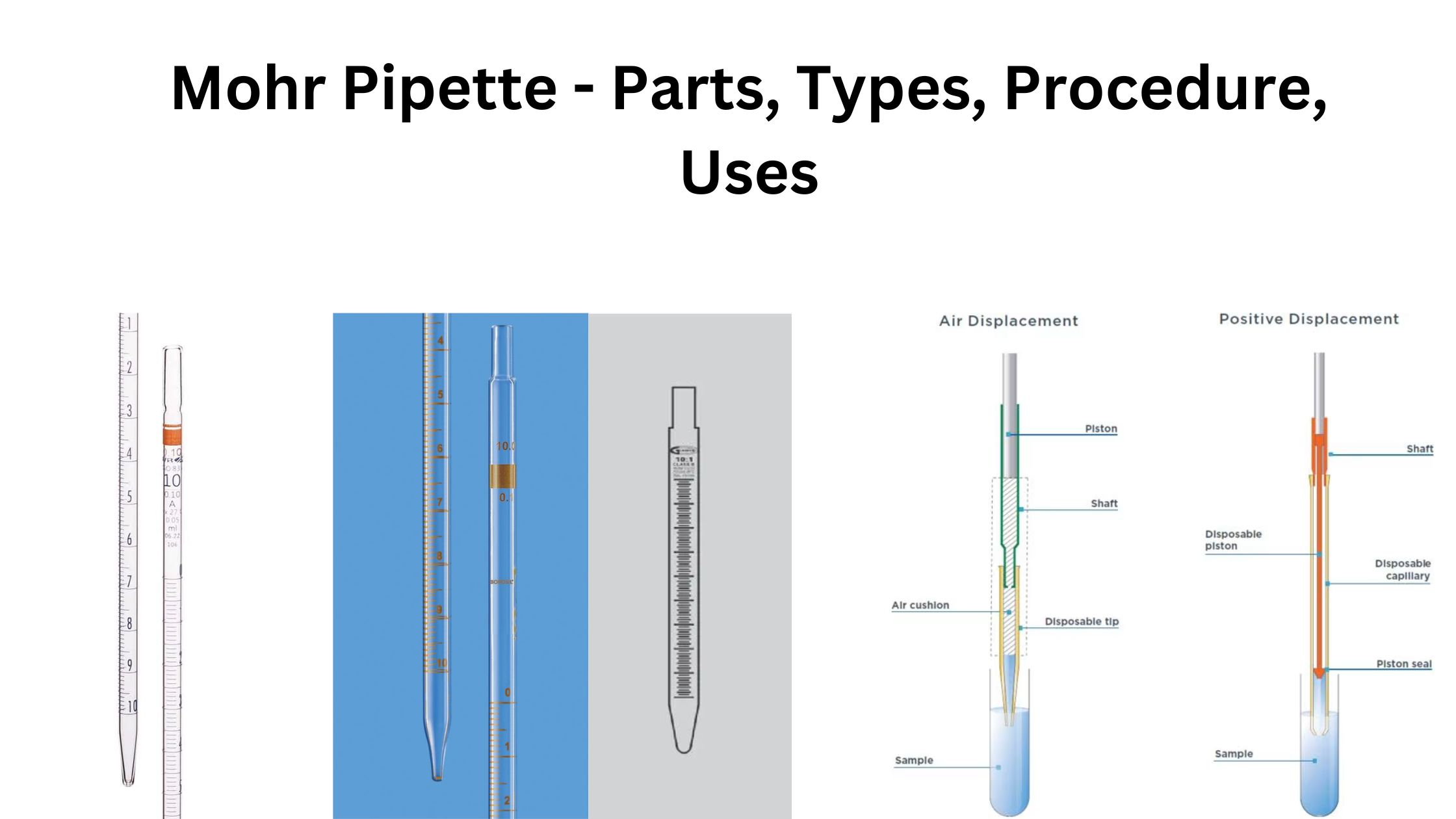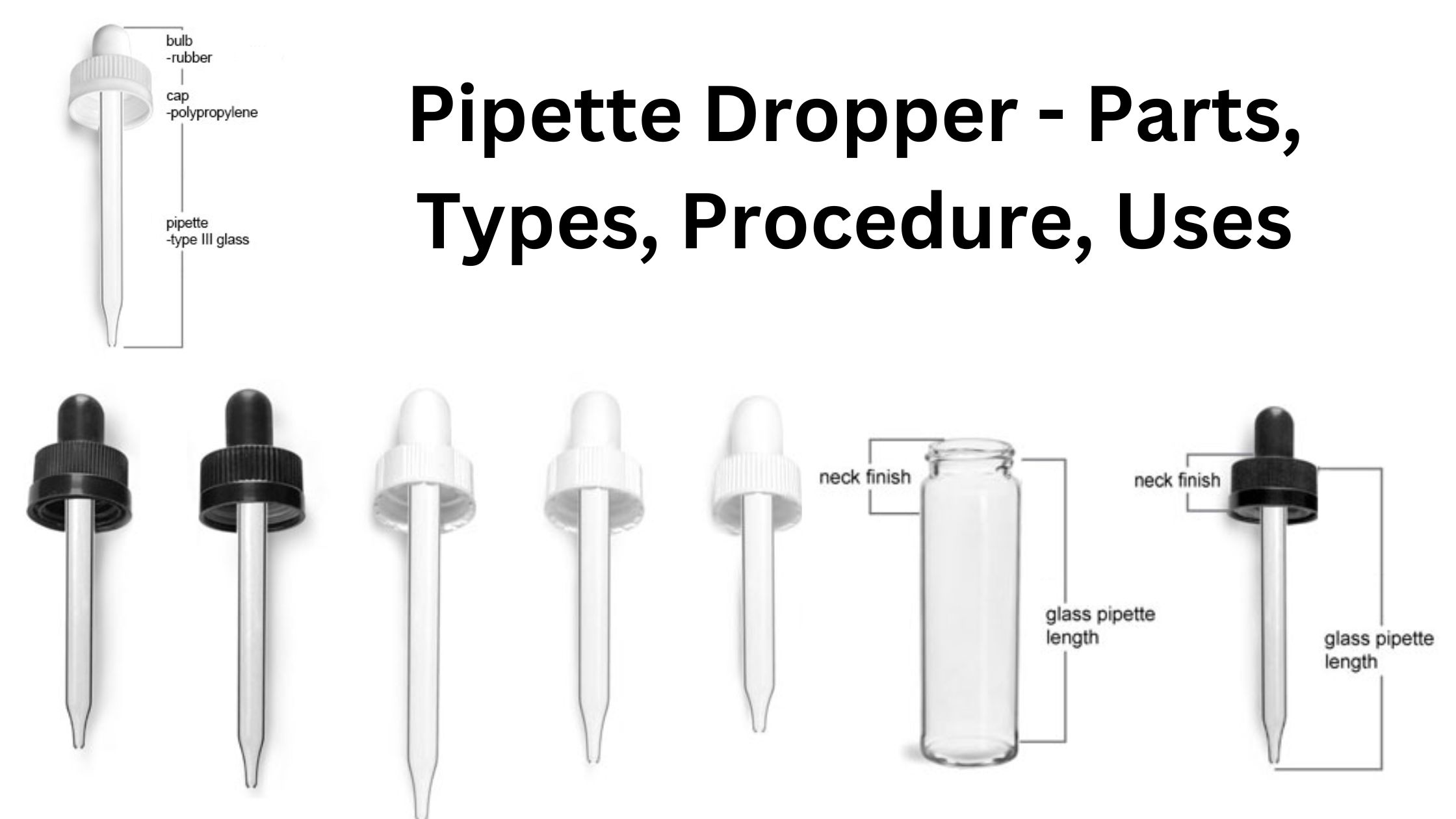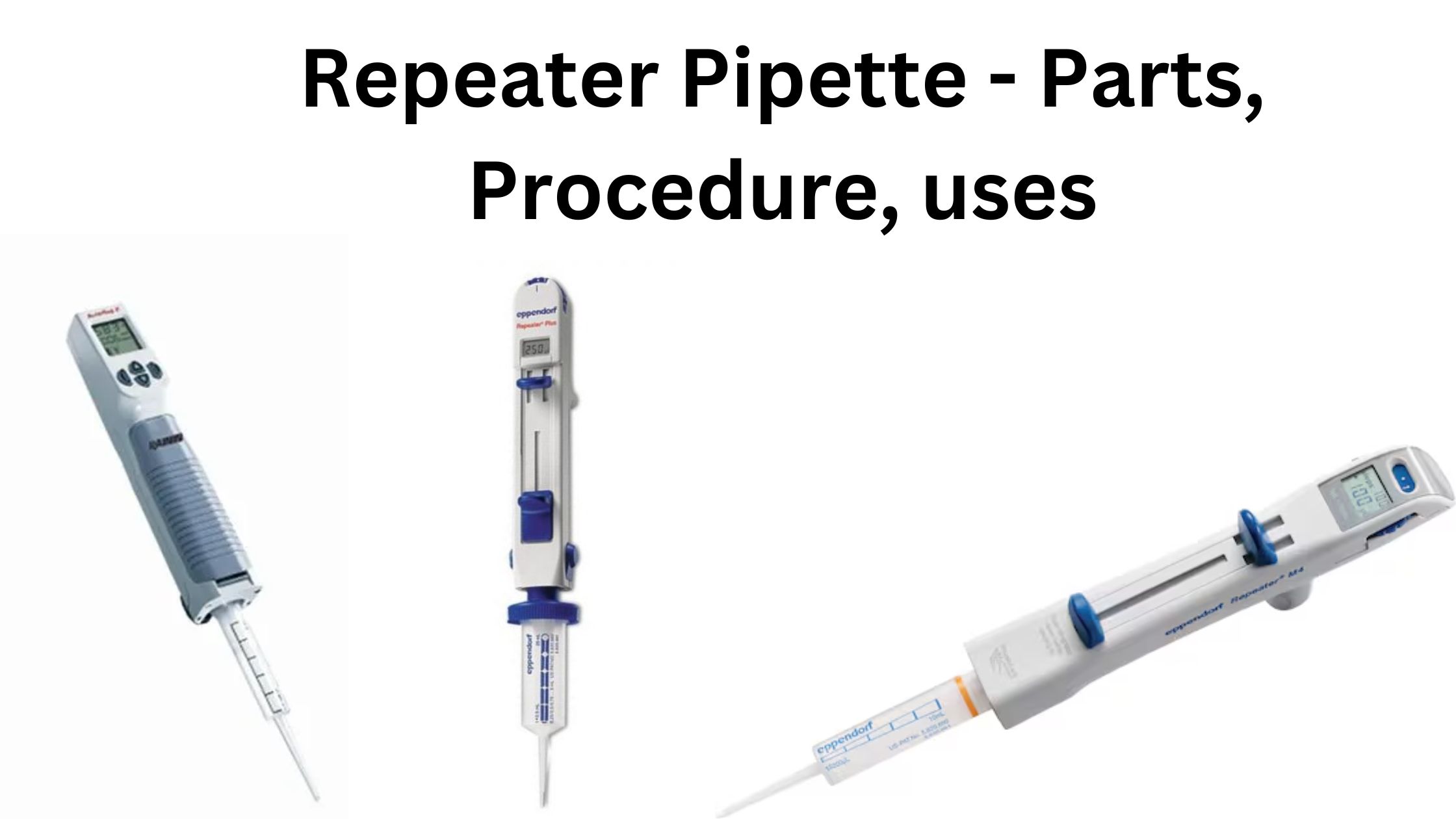What is DNA Replication? – Steps, Enzymes, Mechanism, Applications
What is DNA Replication? Definition of DNA Replication DNA replication is the biological process by which a cell duplicates its DNA molecule, producing two identical copies from one original DNA strand, ensuring the transmission of genetic information during cell division. DNA Replication Enzymes and Proteins DNA replication is a fundamental biological process, relying on various … Read more
